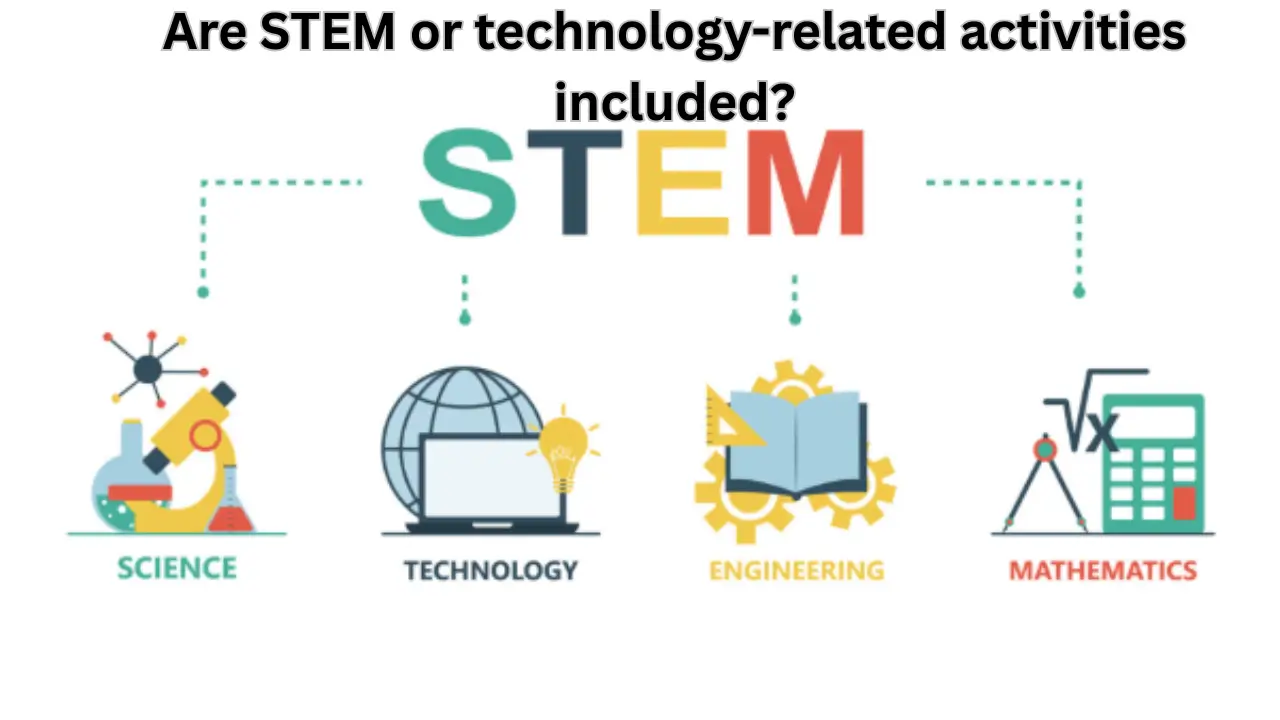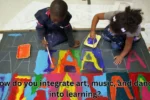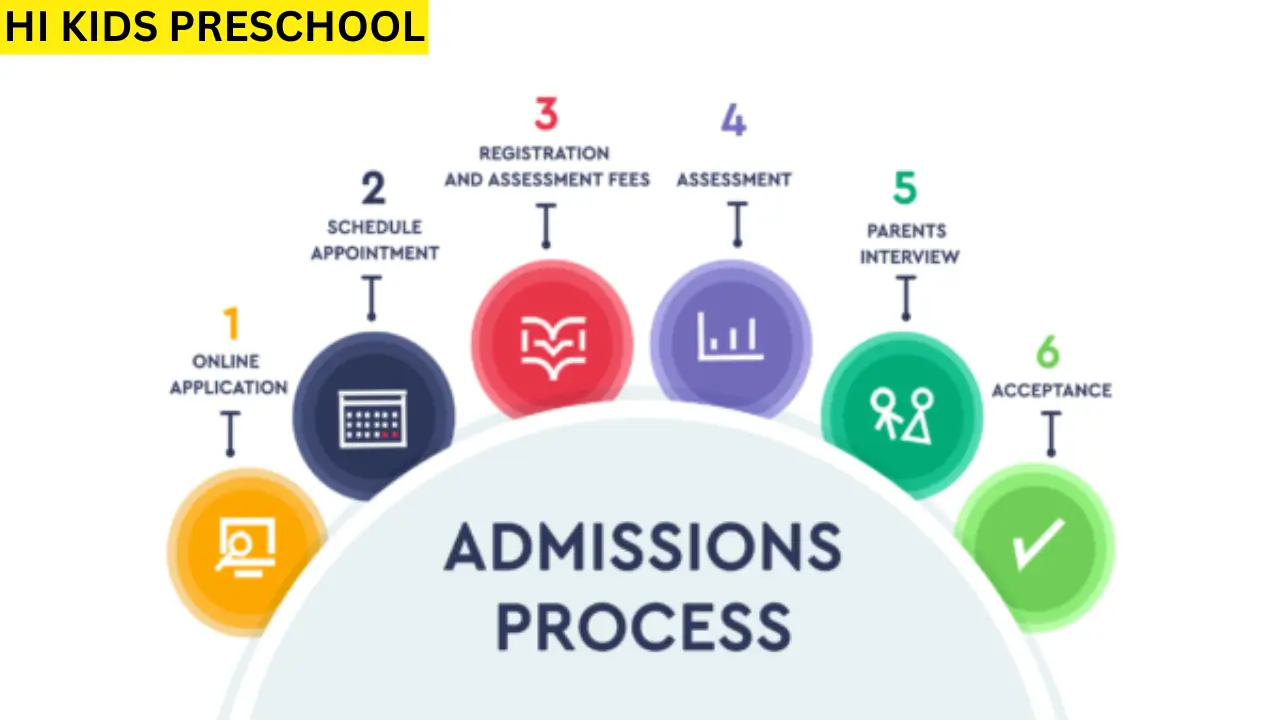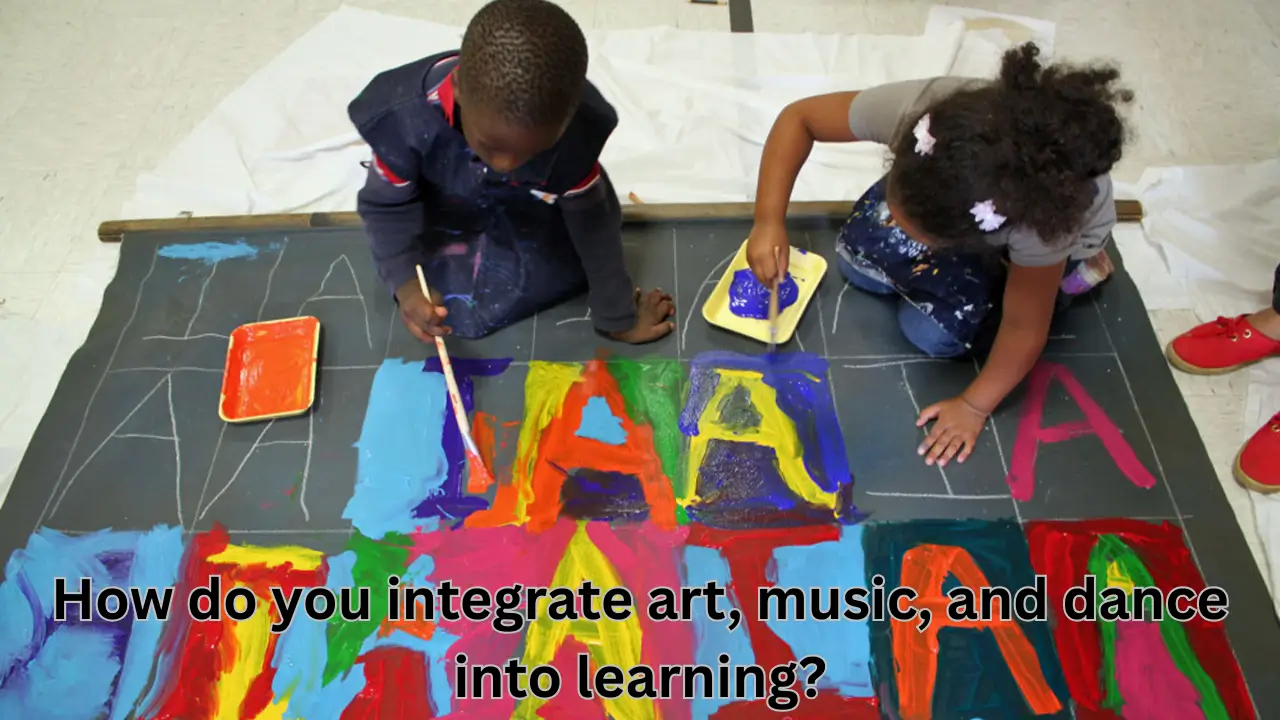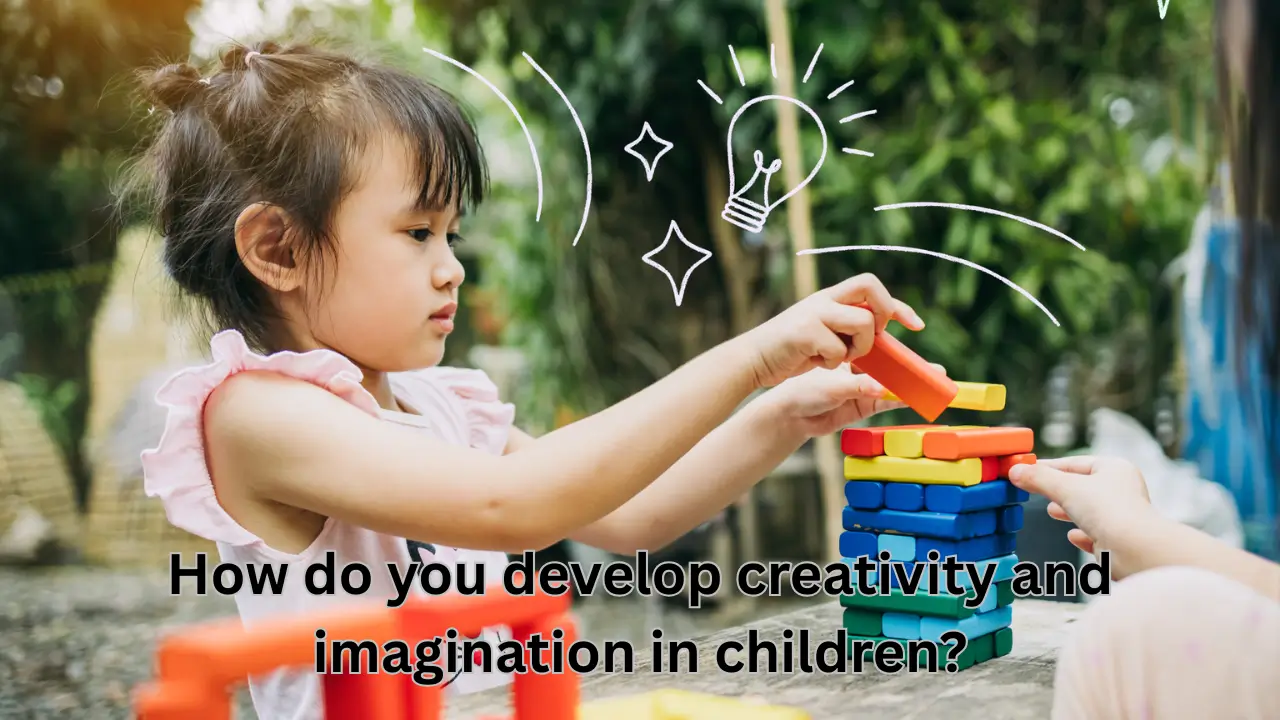In 2025, STEM (Science, Technology, Engineering, and Mathematics) and technology-related activities are not only included but are increasingly prioritized in educational systems and curricula worldwide.
The inclusion of STEM activities reflects a global recognition of the critical role these disciplines play in preparing students for the future workforce, fostering innovation, and addressing technological and scientific challenges.
This article explores the inclusion, significance, and latest developments in STEM and technology-related activities across education sectors, focusing on initiatives, teaching strategies, and future trends.
What Are STEM and Technology-Related Activities?
STEM activities encompass a wide range of educational experiences involving science, technology, engineering, and mathematics. These activities aim to develop critical skills such as problem-solving, innovation, analytical thinking, and collaboration. Technology-related activities particularly focus on using digital tools, computing, robotics, coding, and information technology as integral parts of learning.
The overall goal of these activities is to nurture a mathematically and scientifically literate generation equipped with practical skills applicable in real-world contexts.
Inclusion of STEM and Technology Activities in Education
Broad Integration in Curricula
STEM activities are incorporated into school and extracurricular programs globally. Educational boards, such as the Central Board of Secondary Education (CBSE) in India, make STEM education a core annual training theme, emphasizing hands-on activities and innovative teaching practices. This approach ensures that technology and science education go beyond textbooks, engaging students through experiments, projects, and problem-solving exercises.
Teacher Training and Capacity Building
To effectively integrate STEM, teacher training programs are regularly updated. For example, CBSE launched a dedicated Capacity Building Programme (CBP) alongside a professional development online series with IIT Gandhinagar, delivering 30 hours of continuous training focusing on STEM pedagogy, technology use, and interactive teaching methodologies.
Experiential Learning and Clubs
Many schools organize STEM clubs and experiential activities like robotics competitions, scientific research projects, and coding bootcamps. These club activities foster interest and practical skills in technology and engineering. Students explore digital learning materials, virtual labs, simulations, and collaborative projects that stimulate innovation and curiosity.
Latest Updates and Trends in 2025
| Aspect | Update and Trend |
|---|---|
| Annual Training Themes | CBSE and other boards focus on STEM as a primary theme for 2025, enhancing teacher skills and student outcomes. |
| Professional Development | Online STEM education series offering interactive sessions and 30 hours of CPD training for educators. |
| Technology Integration | Increasing use of AI, IoT, augmented reality (AR), and virtual reality (VR) in STEM learning at all school levels. |
| Sustainability Focus | STEM activities increasingly incorporate environmental awareness and sustainable innovation. |
| Personalized Learning | Adaptive learning systems using AI tailor STEM education to individual student pace and style. |
| Gamification | More gamified STEM education with interactive quizzes, competitions, and reward systems to boost learning engagement. |
| Global Collaboration | Schools aim to meet international STEM education benchmarks to prepare students for global challenges. |
Why Are STEM and Technology Activities Important?
- Skill Development: STEM activities promote critical thinking, creativity, communication, and collaboration, necessary skills for future careers.
- Innovation Culture: They foster an innovative mindset by encouraging inquiry, experimentation, and problem-solving.
- Career Preparation: Given the technology-driven job market, these activities prepare students for future careers in data science, engineering, robotics, AI, and more.
- Engagement and Motivation: Hands-on, interactive learning keeps students motivated and helps them understand abstract concepts practically.
- Environmental Awareness: Including sustainability topics aligns STEM education with global efforts to promote responsible innovation.
How Are STEM Activities Delivered?
Classroom Learning
- Integrated lessons combining science, math, technology, and engineering principles.
- Project-based learning where students design solutions or conduct experiments.
- Use of digital platforms and simulations for enhanced engagement.
Extracurricular and Clubs
- Robotics, coding, and maker clubs.
- Science fairs and innovation challenges.
- Collaborative research and technology competitions.
Online and Hybrid Modes
- Continuous professional development courses for teachers.
- Online STEM activity series accessible on digital platforms like YouTube.
- Blended learning combining in-person and virtual experiences.
Examples of STEM Activities
- Building simple robots or IoT devices.
- Designing sustainable models for environmental projects.
- Virtual reality explorations of scientific phenomena.
- Coding games or apps to solve real-world problems.
Benefits of Including STEM and Technology Activities
- Enhances critical thinking and problem-solving skills.
- Builds self-confidence and a curiosity-driven approach to learning.
- Develops communication and collaboration abilities essential for teamwork.
- Prepares students for high-demand STEM careers that drive economic growth.
- Fosters digital literacy and readiness for technological advancements.
Summary
Yes, STEM and technology-related activities are inclusively integrated into educational frameworks in 2025, with significant emphasis and government or institutional support. Initiatives such as specialized teacher training programs, online continuous learning series, and the use of emergent technologies like AI, AR, and VR enhance the quality and reach of STEM education.
These activities are designed not only to impart knowledge but to build a future-ready generation capable of innovation and adaptation to a technology-driven world.
In conclusion, STEM and technology-related activities play a pivotal role in modern education by blending theory with practical experience. They prepare students to face future challenges by developing relevant skills, promoting creativity, and nurturing an innovative mindset essential for personal and professional success.
